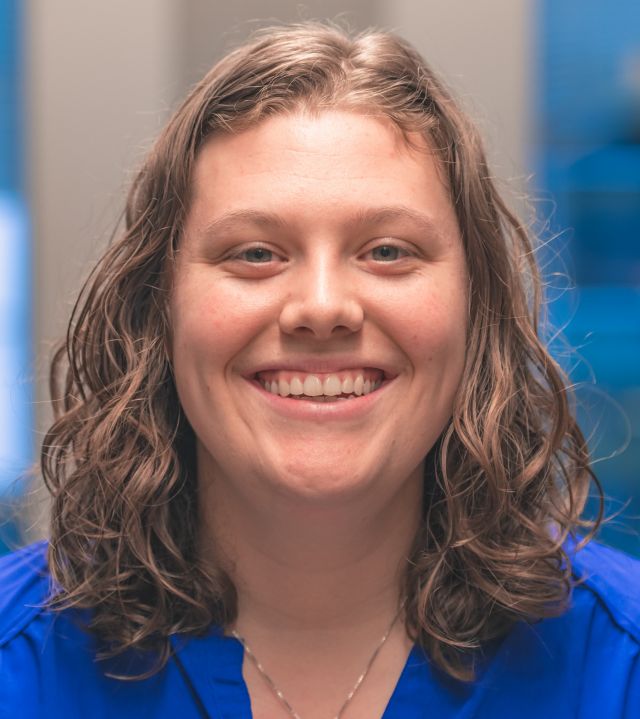Molly Mollica: Force Generation and Cytoskeletal Structure of Single Platelets

SEMINAR (Zoom)
This UC Next Seminar will be hosted online via Zoom. RSVP to receive the zoom link by emailing info@bioengineering.ucsb.edu.
Zoom will open after the host has joined at the start of each seminar. You can ask questions through the chat forum and by raising your "hand" and the speaker will call on you.
Speaker
Molly Mollica
Graduate Research Associate
University of Washington
9:00 am via ZOOM
Force Generation and Cytoskeletal Structure of Single Platelets
Abstract
Measuring the traction forces produced by cells provides insight into their behavior and physiological function. Here, we developed a technique (dubbed 'black dots') that microcontact prints a fluorescent micropattern onto a flexible substrate to measure cellular traction forces without constraining cell shape or needing to detach the cells. To demonstrate our technique, we assessed human platelets, which can generate a large range of forces within a population. We find platelets that exert more force have more spread area, are more circular, and have more uniformly distributed F-actin filaments. As a result of the high yield of data obtainable by this technique, we were able to evaluate multivariate mixed effects models with interaction terms and conduct a clustering analysis to identify clusters within our data. These statistical techniques demonstrated a complex relationship between spread area, circularity, F-actin dispersion, and platelet force, including cooperative effects that significantly associate with platelet traction forces. Black dots additionally revealed that platelets seeded onto key blood proteins fibrinogen or von Willebrand Factor have unique F-actin morphologies and significantly different traction forces. Characterizing biophysical factors that associate with cellular traction forces and elucidating platelets’ complex reaction to activating proteins has implications in hemostasis, arterial thrombosis, and venous thrombosis.
BIO
Molly Y. Mollica earned her B.S. in biomedical engineering and her M.S. in mechanical engineering from Ohio State University. She is currently a Graduate Research Fellow in the Department of Bioengineering at the University of Washington. Her research interests include cell and thrombosis mechanics, mechanobiology, DNA origami nanotechnology, health equity, and service learning. Outside of the lab, Molly is a co-founder and leader of HuskyADAPT (Accessible Design And Play Technology), an organization that adapts toys for kids with disabilities and designs solutions to other accessibility problems.